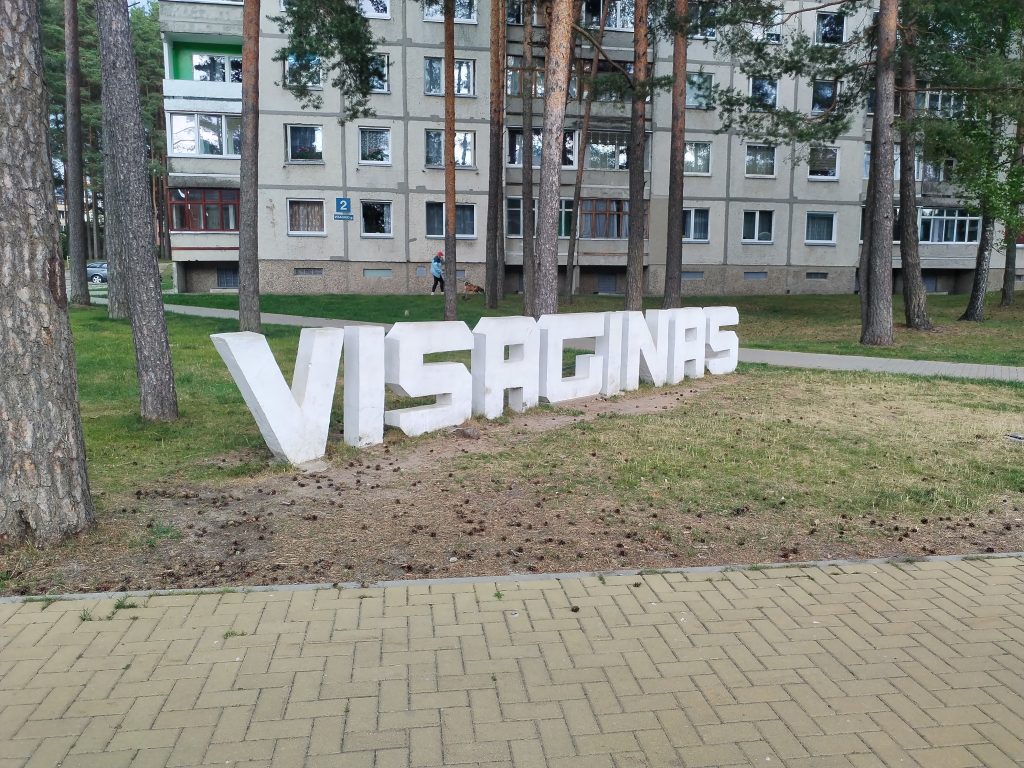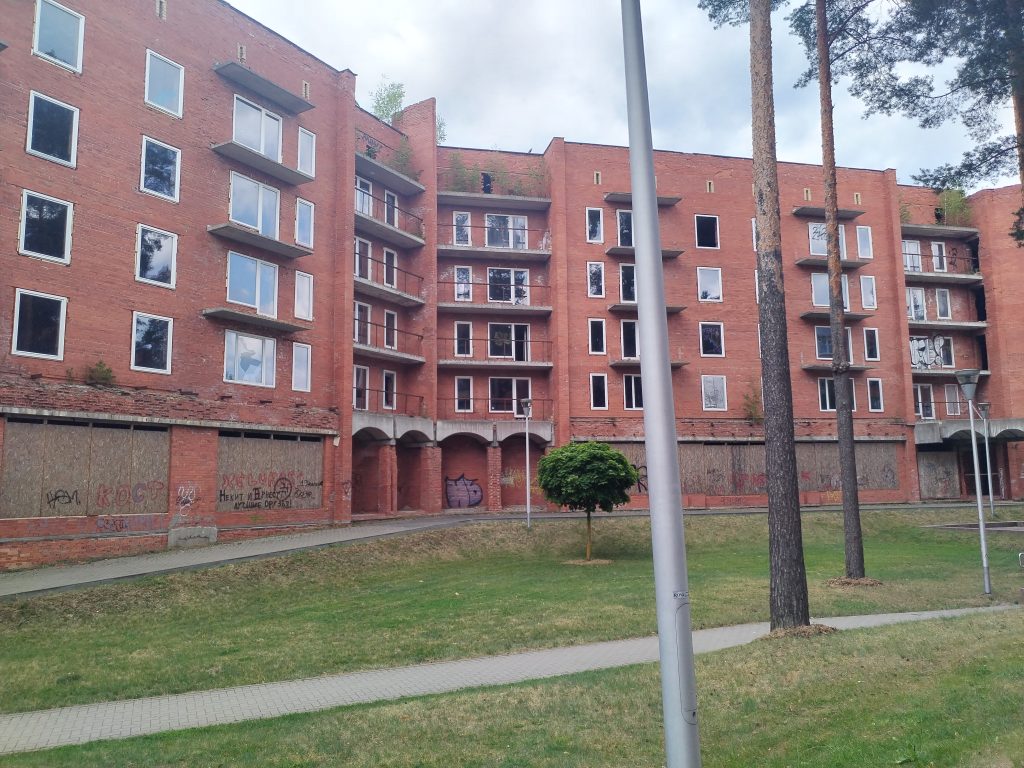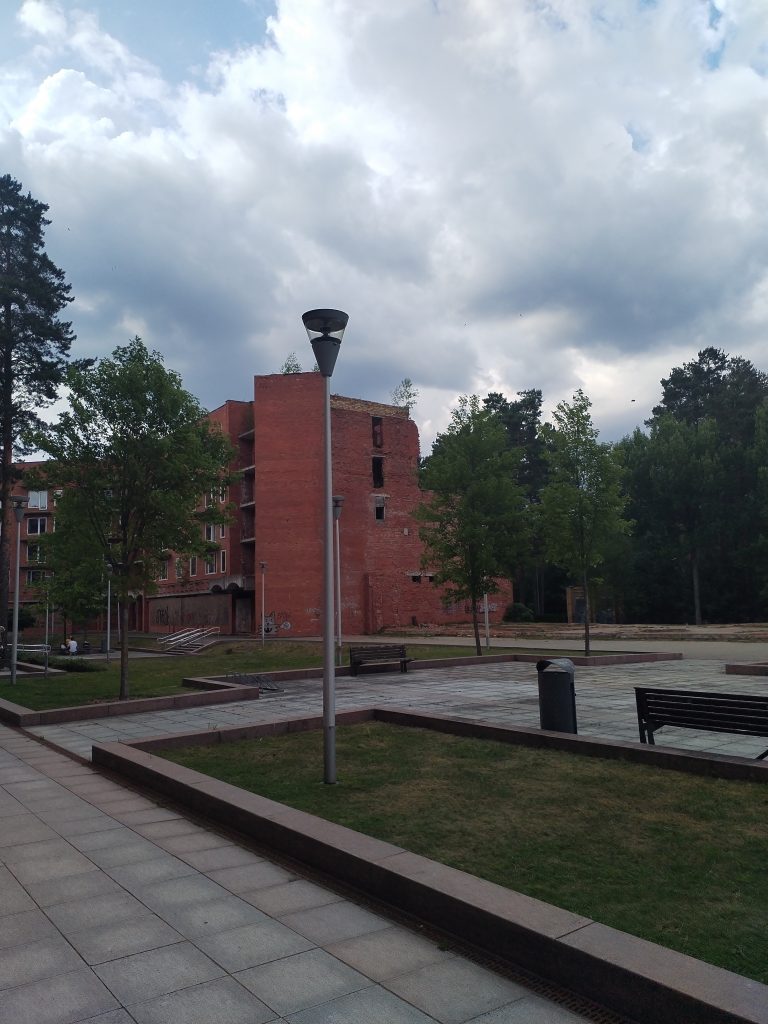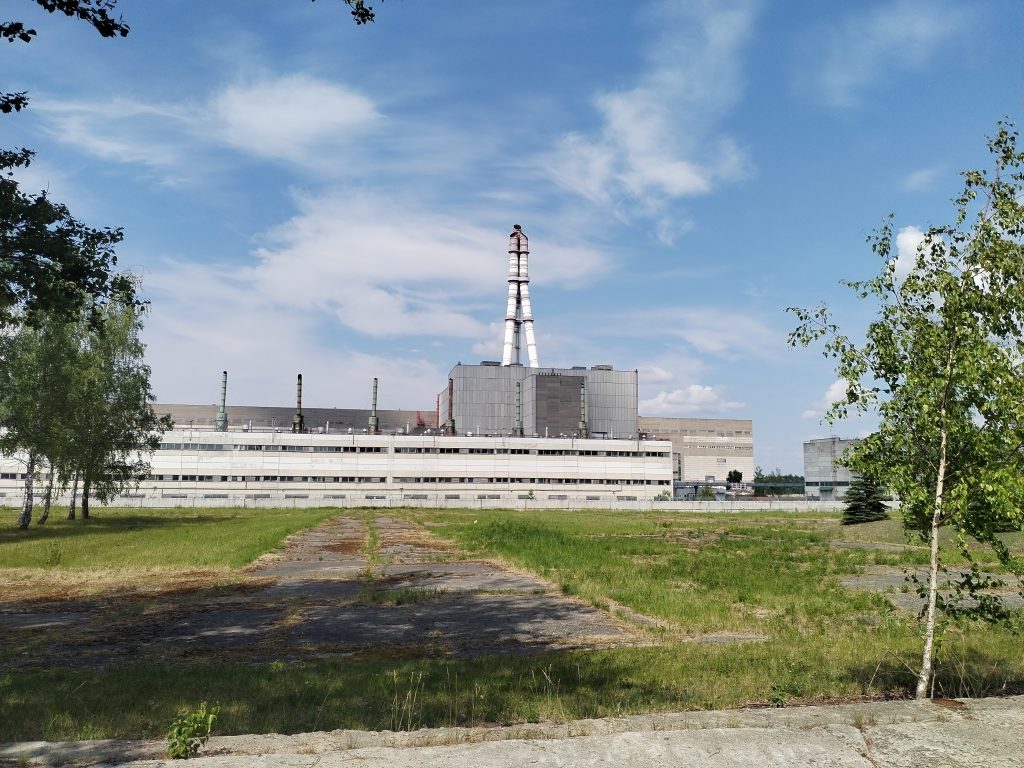The Ignalina Nuclear Powerplant was a prominent nuclear facility located in Visaginas, Lithuania. It was primarily known for its two RBMK-1500 reactors, which were similar in design to the reactor involved in Chernobyl disaster. The plant played a significant role in supplying electricity to Lithuania and neighbouring countries, but due to safety concerns stemming from its reactor design, it underwent a decommissioning process. The first reactor was shut down in 2004, and the second in 2009. Ignalina’s decommissioning process has been a substantial endeavour, involving international cooperation and financial support to ensure the safe dismantling and management of radioactive materials.
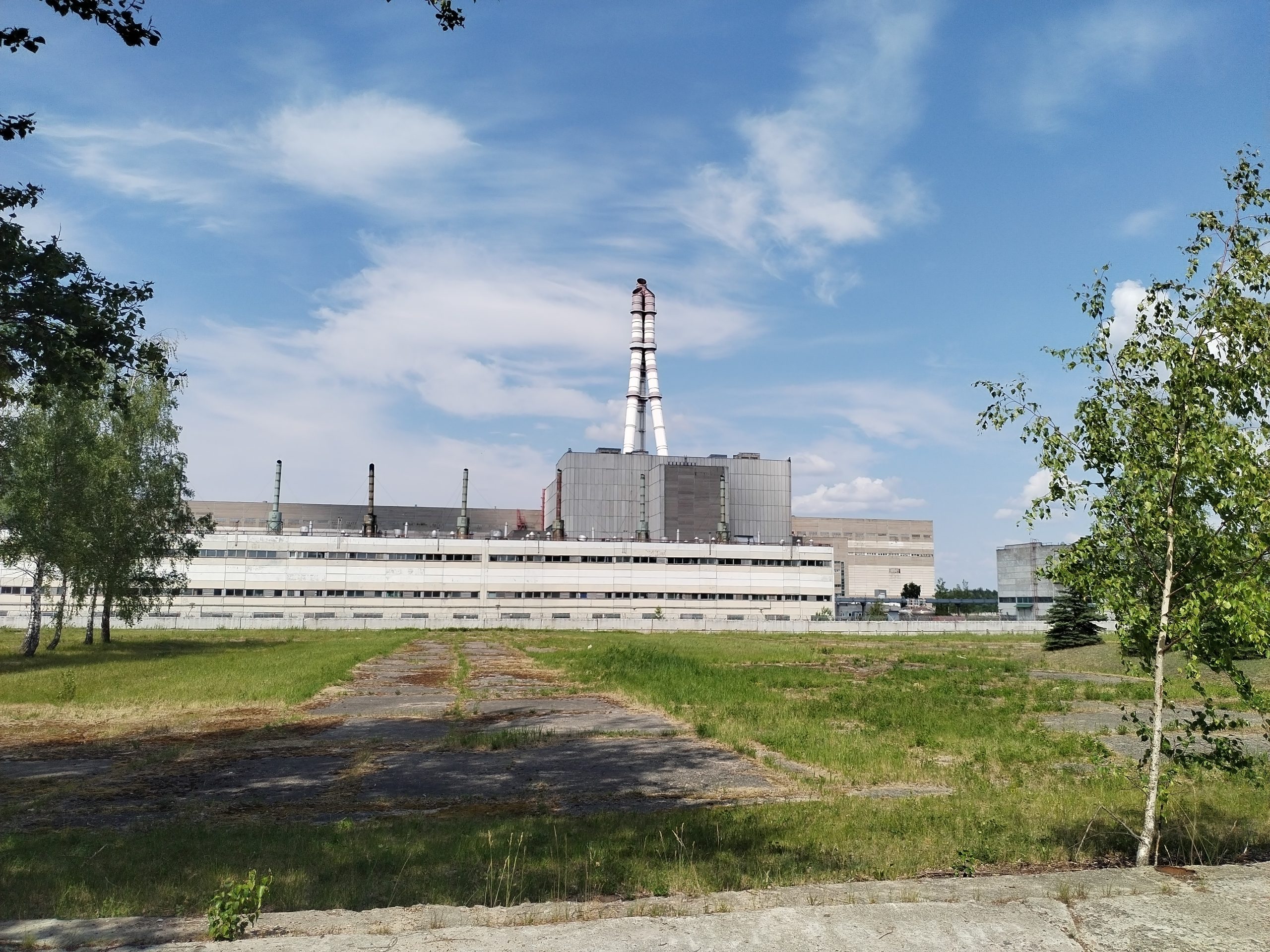
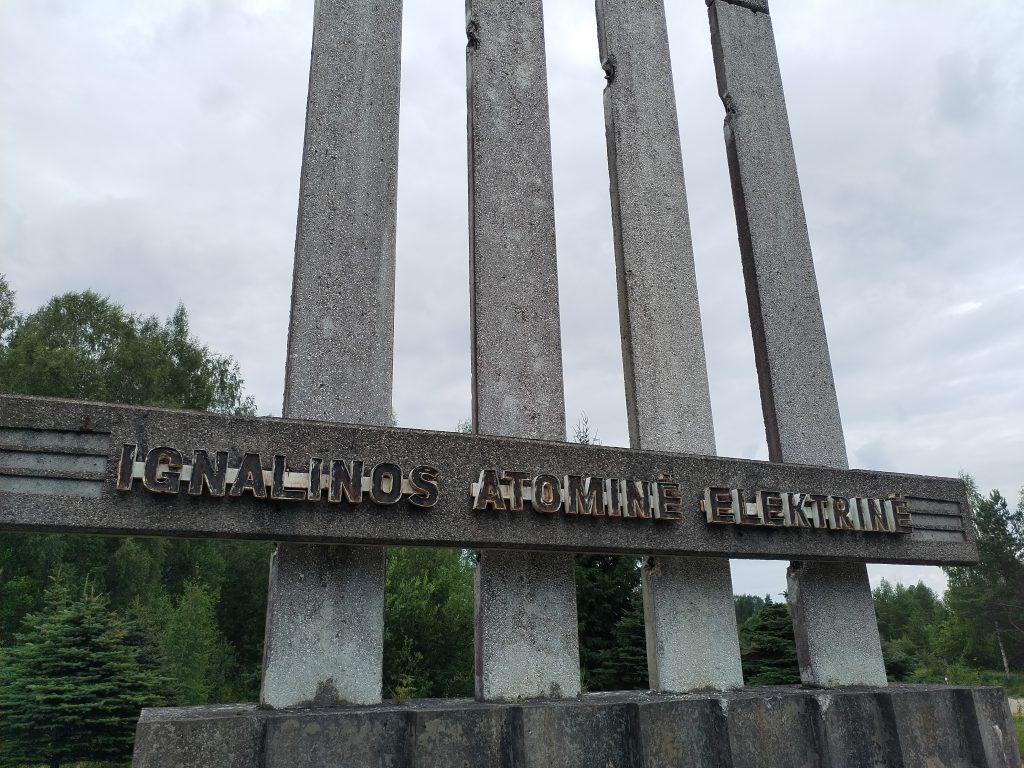
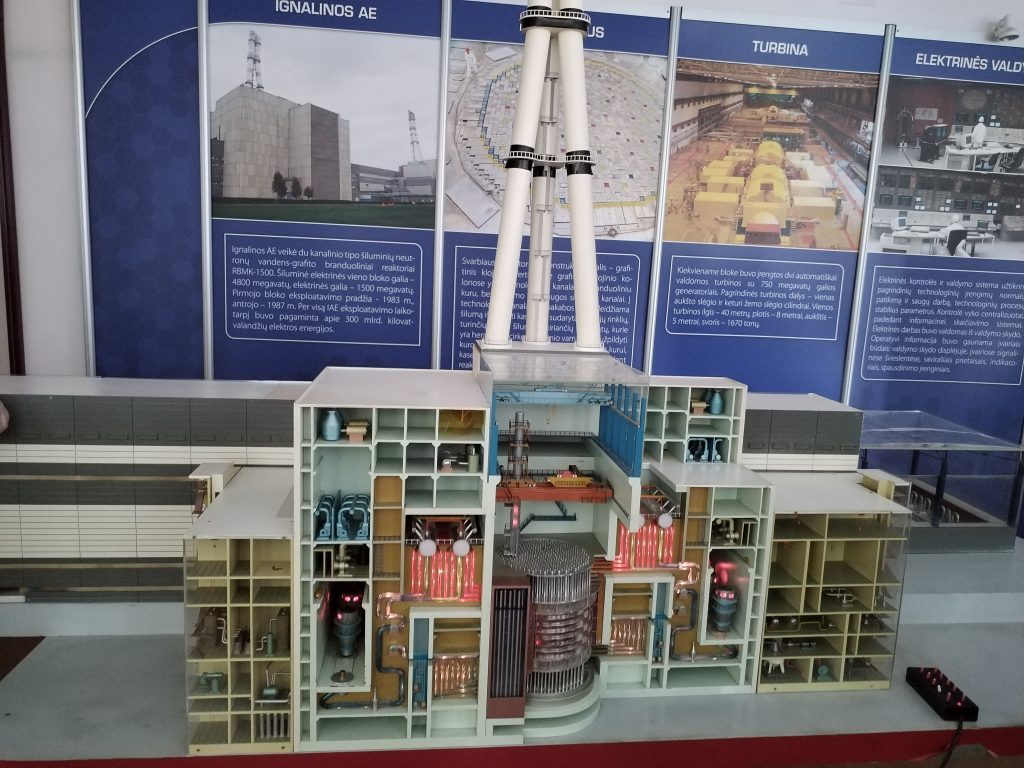
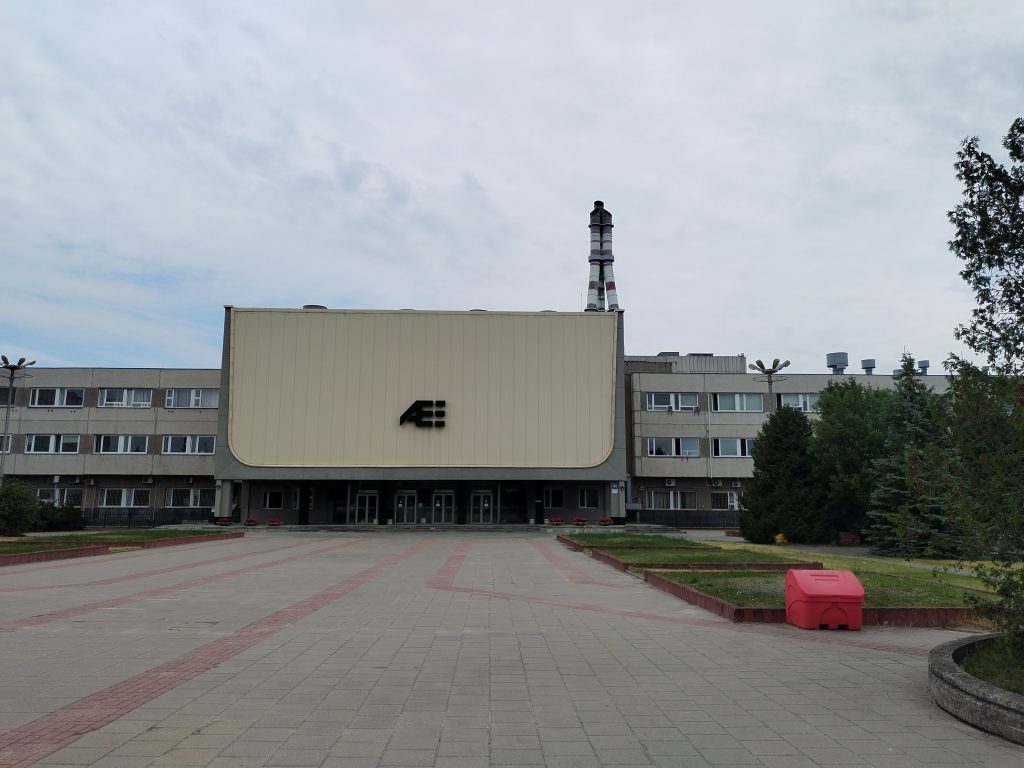

Fuel rods in RBMK-1500 reactors are crucial components responsible for the nuclear fission process. These rods typically consist of zirconium alloy tubes filled with uranium dioxide pellets, which serve as the fuel. Within the reactor core, these rods are arranged in a lattice pattern to facilitate controlled nuclear reactions. During operation, neutron bombardment initiates fission within the uranium fuel, releasing heat energy that is utilized for power generation. The RBMK-1500, known for its size and power output, relies on these fuel rods to sustain the chain reaction necessary for continuous energy production. Efficient cooling systems are employed to manage the intense heat generated within the reactor core, ensuring safe and stable operation.
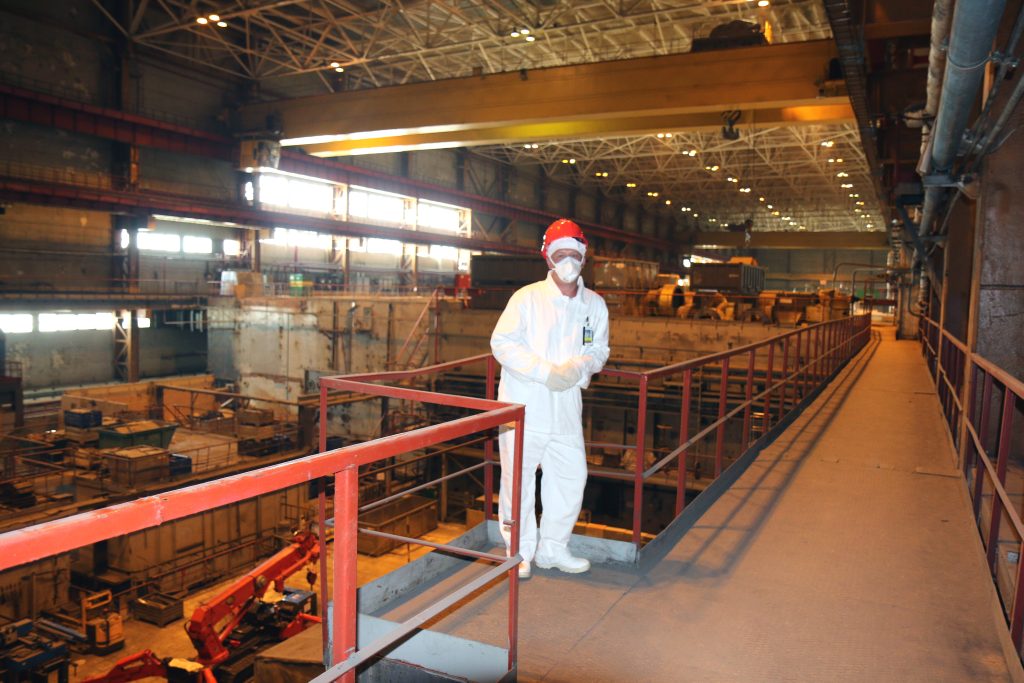
Turbine Hall under decommissioning. This was a critical section of the facility where the energy generated by nuclear fission was transformed into electrical power. Situated adjacent to the reactor building, this vast hall housed multiple turbines, generators, and associated equipment. The steam produced in the reactor’s primary circuit is directed to these turbines, where it drives their rotation. As the turbines spin, they transfer mechanical energy to the connected generators, ultimately converting it into electricity. The high-pressure steam is then condensed back into water and returned to the reactor core, completing the cycle.
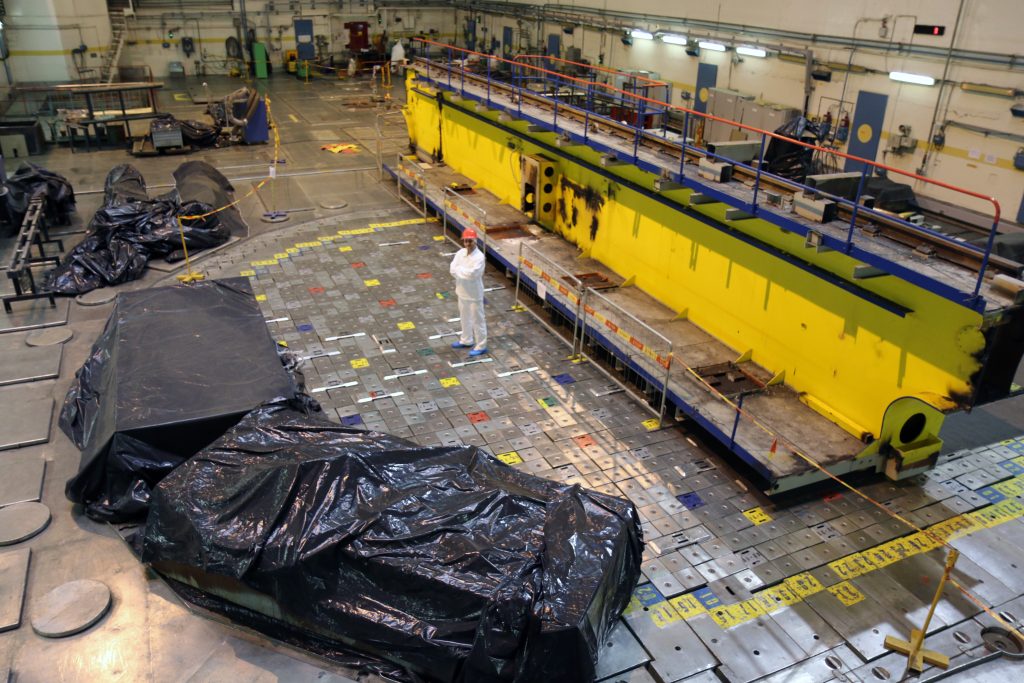
The training control room serves as a simulated environment for training personnel in the operation and management of nuclear reactor systems. It is a replica of the actual control room, equipped with identical or similar control panels, instrumentation, and communication systems. Here, operators undergo rigorous training programs, including simulations of various operational scenarios and emergency procedures. The training control room allows operators to familiarize themselves with reactor controls, monitoring equipment, and response protocols in a safe and controlled environment, ensuring their competence and readiness to manage real-world situations effectively.
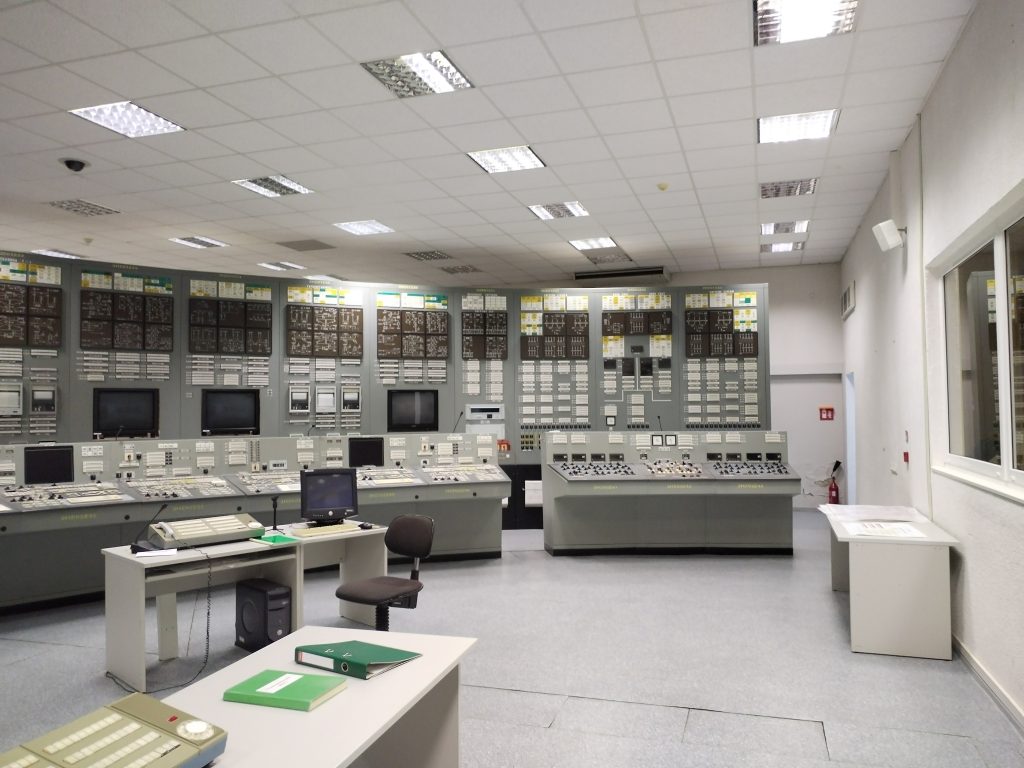
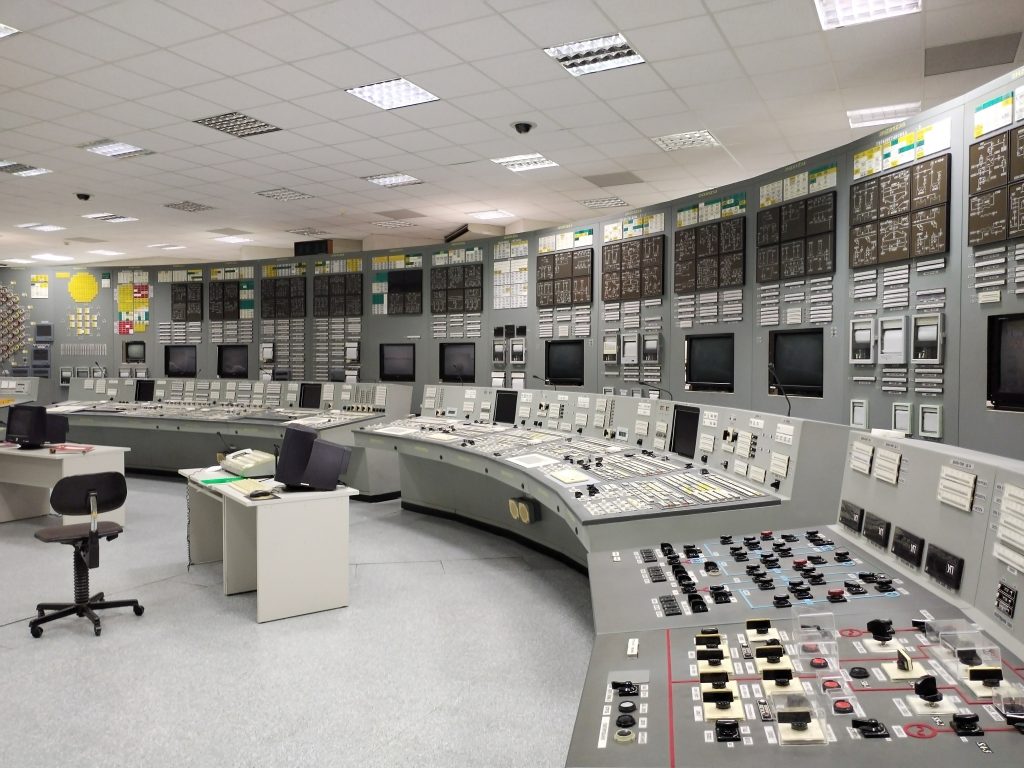
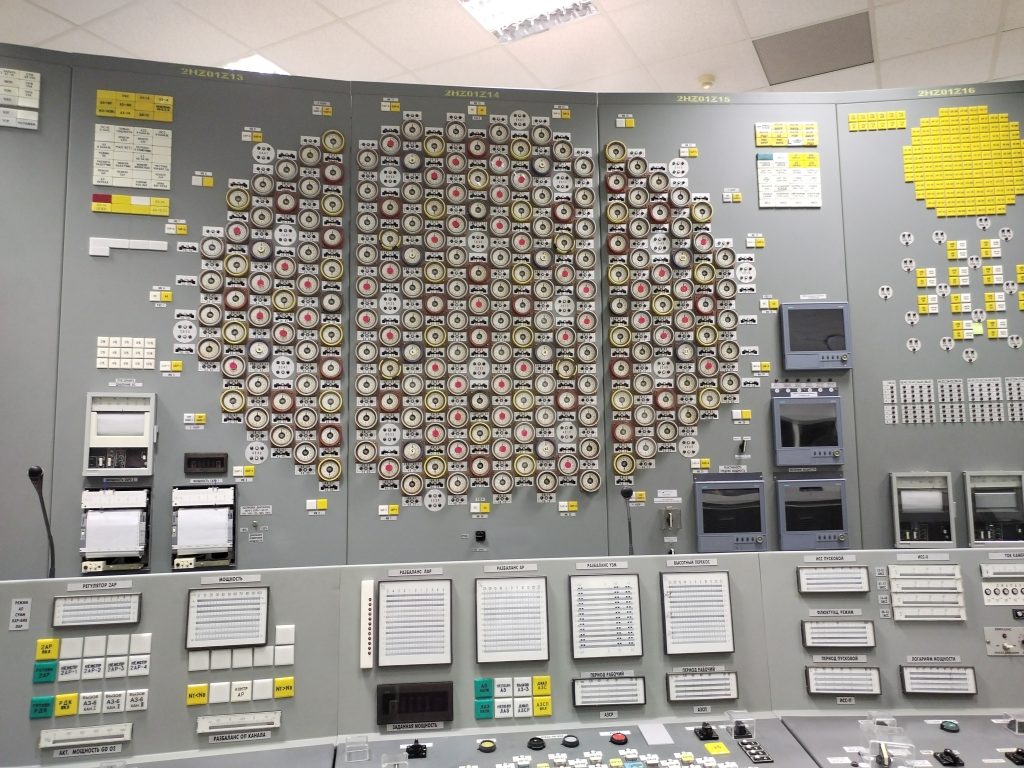
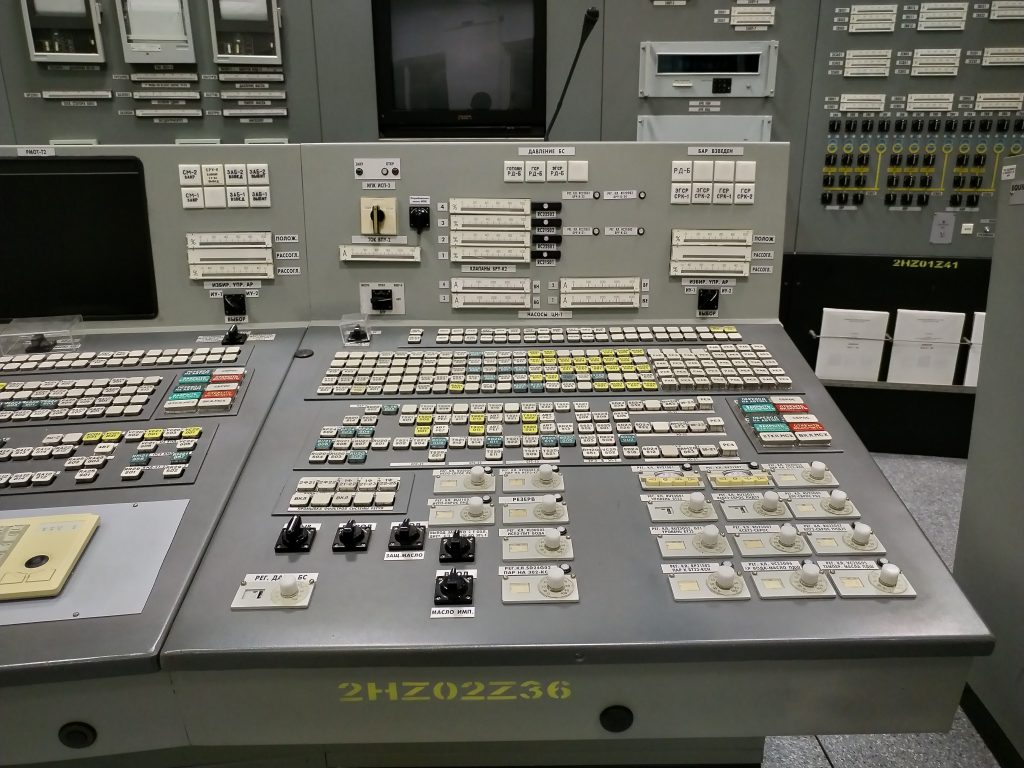
Visaginas Atomograd, commonly known as Visaginas Atom City, is a planned residential town in Lithuania, located near the Ignalina Nuclear Power Plant. Established in the late 1970s, the town was designed to accommodate the plant’s workforce and their families. Its development was largely influenced by the Soviet Union’s nuclear energy program, with the intention of supporting the operation of Ignalina Power Plant. Visaginas features typical Soviet-era urban planning, characterized by standardized apartment blocks and communal facilities. Despite the decommissioning of the Ignalina plant, Visaginas remains inhabited, with efforts ongoing to diversify its economy and adapt to post-nuclear energy transition.
